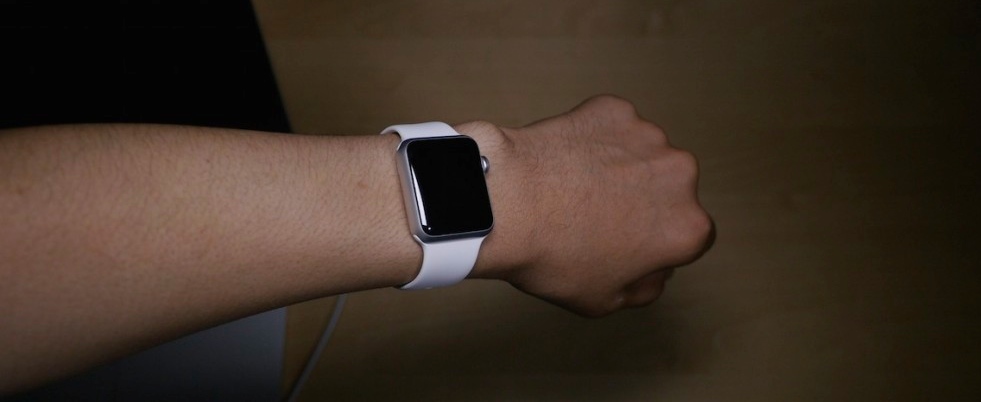
Raising The Bar On "Raise To Wake"
I think it’s pretty clear that, taken with reasonable allowances and an open mind, Apple Watch is a huge success in terms of hardware and software (provided you actually manage to get one in hand). Because of the general consensus in this regard, I find that some of the most interesting early insights come from people who are interested more in honestly addressing the bad instead of fawning over the good. With the exception of battery life, the more legitimate the complaint, the more likely it is to be echoed elsewhere, and Mark Sullivan’s list-topping gripe is the one I’ve heard repeated most over the course of the last week.
Arm motion doesn’t always wake up the Watch
When you want to look at your Watch you’re supposed to be able to just lift your wrist and the device will wake. But I found that this didn’t always happen. I was often met with a blank screen when I raised my wrist, causing me to have to do a wrist spin to tell the Watch to wake up and be useful.
Some folks claim that Apple Watch’s auto-on feature works fine, and this — like so many other interface functions — is likely to come down to individual behavior. Some users will naturally fall more in line with the body motions Apple expects, while others will struggle to modify their movements to comply with the UI.
Unfortunately, that need to comply may be a lingering requirement of the wearable, as it hasn’t yet got a built-in means to learn user preferences in this regard. Consider the predictive text on your iPhone keyboard or the speech-to-text aspect of Siri. Those systems remedy their mistakes as you correct them, allowing you to build up more accurate software experiences over time. These experiences, then, become specifically and locally tailored to you.
Wouldn’t such a scheme seem a natural fit here? Wouldn’t it be wildly useful to be able to “teach” your Apple Watch to wake up in response to a slight, specific motion that the thing might otherwise sleep through? Surely it would be easy enough: Just move your arm naturally to a position that makes sense for a Glance, and if Apple Watch fails to light up, simply maintain that position while manually turning on the display. This would indicate to the OS that the motion immediately preceding the toggle was significant, and it could then actively seek out similar repeats and react accordingly.
Further, what if this method could be used to assign different wake patterns for different times of day — or for different “mood profiles” — within a single user’s basic routine? Perhaps you sleep on your side, but you like to wear Apple Watch in bed. The default gesture to bring the wearable to life might not translate well in that particular case. But what if you could assign a new wake gesture — one that you specifically taught to the device yourself — to kick in whenever you tap a toggle that says you’re hitting the hay? Hey presto, that’s what!
And this concept can be extended to all kinds of daily activities. Maybe you’re riding your bike or driving your car. Maybe you’re shooting pool or hoops or clays. Or maybe the opposite of all this is true. Maybe you’re out at a concert, and you’re not so keen on replacing your cheap BIC lighter with your Apple Watch display as you sway around to whatever inane nonsense the kids are listening to these days. Maybe you need your wearable to stay off when it wants to turn on. Not everything about Apple Watch lends itself to the traditional wrist-raise, and not every wrist-raise needs to be a toggle for interaction. Sometimes you just want to drink your scotch and smoke your cigar and pet your dog and put your feet up and tune right out without any distractions to disrupt that much-needed meditation.
Ultimately, I like to think that it’s only a matter of time before various core utilities of Apple Watch — even if not this one specifically — are allowed to be taken to school. After all, Apple wants this thing to be it’s “most personal device ever,” but without letting the platform learn from its users, they risk never living up to their own lofty goal.
Or, perhaps even worse, our loftier expectations.